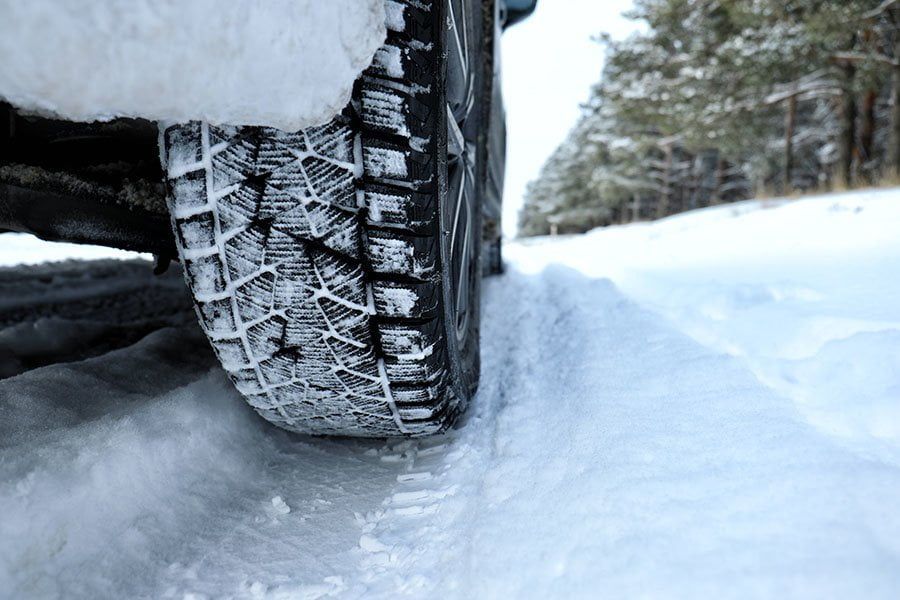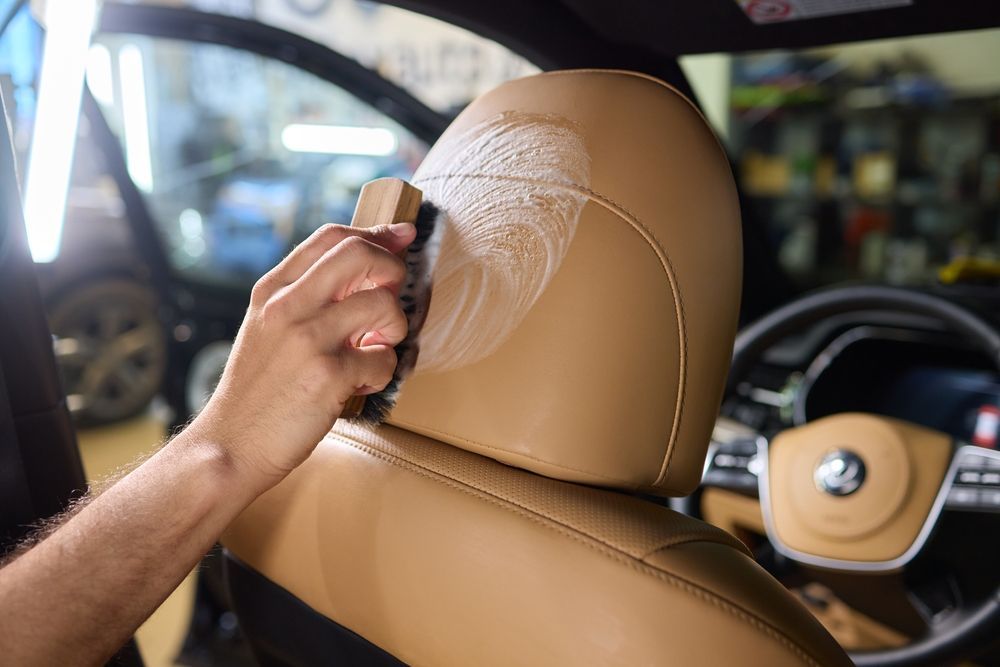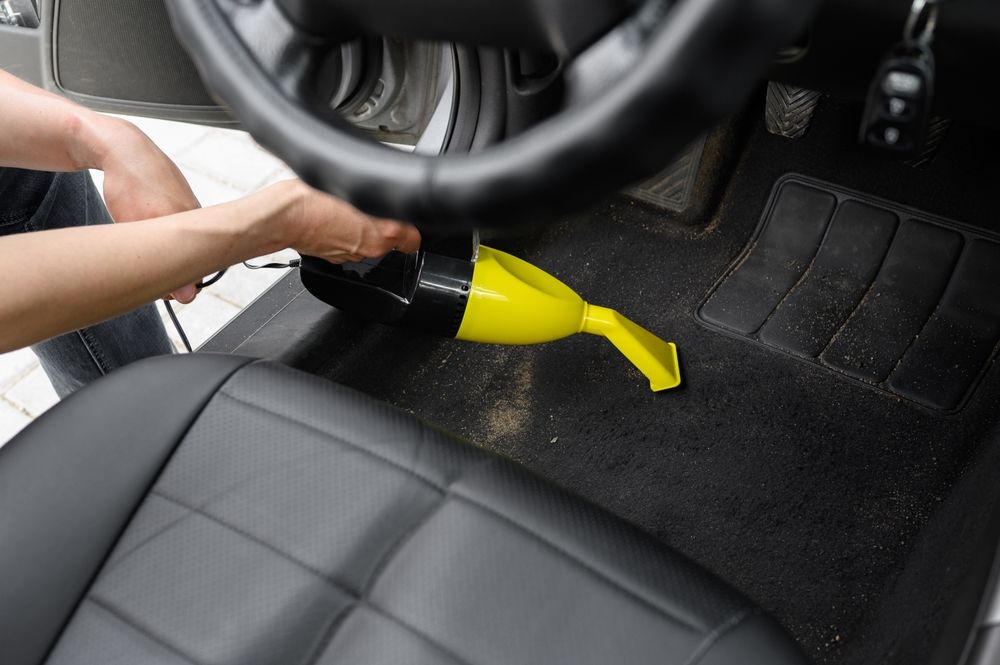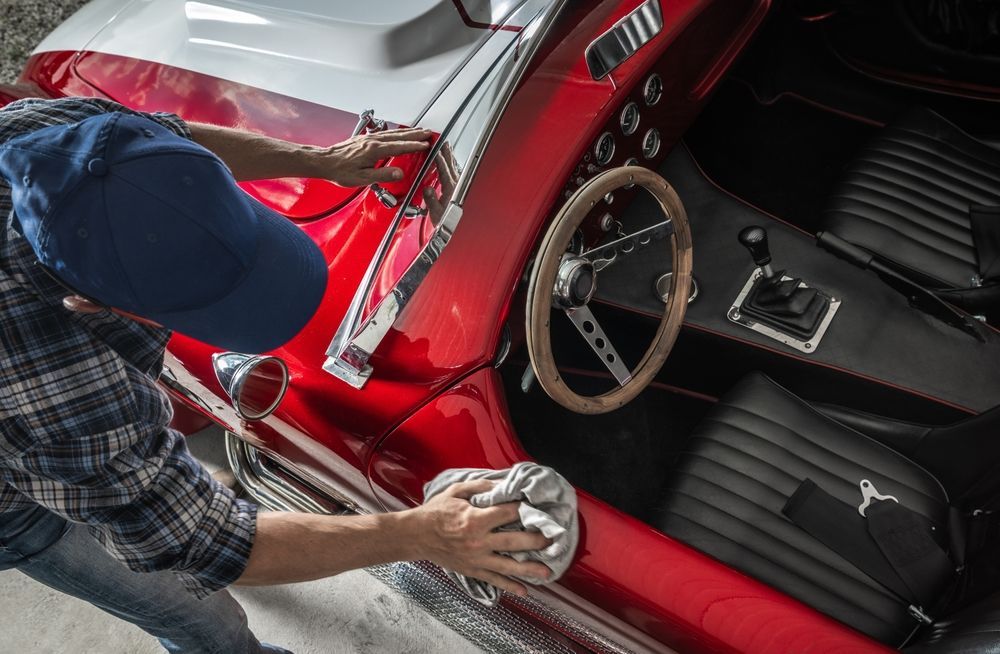
We’ve all heard advice and information about how the cold affects your vehicle from someone who sees cars as uncomplicated machines that follow common sense and logic. Oftentimes, this good-intentioned advice is misleading or altogether incorrect. There’s so much science that goes into every detail about cars, from air pressure to freezing points, and the cold just makes it all more complex. Here’s what you’re most likely to encounter when dealing with extreme cold as a vehicle owner.
The Cold Can Keep Your Vehicle from Running
One particular myth travels around during wintertime concerning how the cold can affect your vehicle and it’s the notion that your car struggles to start because the fuel is frozen in your gas tank. However, unless you live in a place where the temperature drops below -100 degrees, frozen fuel is almost impossible. Moisture in your fuel line can freeze and clog up fuel pickup, but it’s not a frequent occurrence. Usually, the issues stem from spark plugs and battery voltage, which fall prey to cold weather. The best way to prevent these ailments is to: always have your gas tank at least halfway filled, get your spark plugs and ignition components checked, and check your battery’s health before winter is in full swing.
Temperature Affects Your Tire Pressure
If you remember learning about air pressure in school, your teacher probably used a balloon to illustrate the effects of temperature on air. When the air around or inside the balloon is warm or hot, the balloon expands due to the air inside expanding. The opposite happens when the air becomes cold because lower temperatures cause air to contract. Just as the balloon is at the mercy of air pressure, so are your tires. When the temperature drops, so does your tire pressure, which affects your ability to guide your vehicle. Experts recommend using an air pressure meter or visiting a mechanic as soon as the weather turns so you’re not dealing with underperforming tires later when the snow comes.
Your Vision Can Easily Become Impaired
Those of us who have driven in freezing cold and heavy snow understand how terrifying it is to be on the road with inhibited vision, and usually, your windshield functions are part of the issue. The wipers’ rubber is not immune to freezing temperatures, so it often becomes brittle and easily broken. Or when you’re driving and all of a sudden your windshield becomes foggy, it’s because your breath can condense and freeze, even inside the car. Make sure you routinely replace your windshield wipers or install extreme weather models, and get your heating systems checked for functionality before winter hits.
When it comes to cars, the things you don’t think to take care of come back to haunt you. When you’re in need of answers and assistance from someone you can trust,
visit local repair shops
like Wisconsin’s
Wrecktify Collision & Repair.

207 Hoesly Drive, New Glarus, WI 53574
608.527.2246



